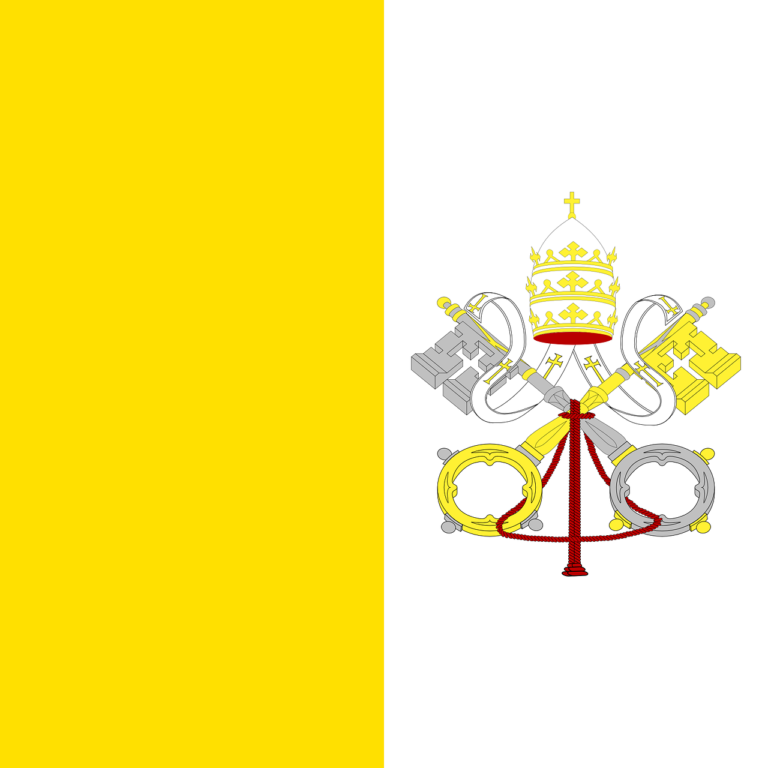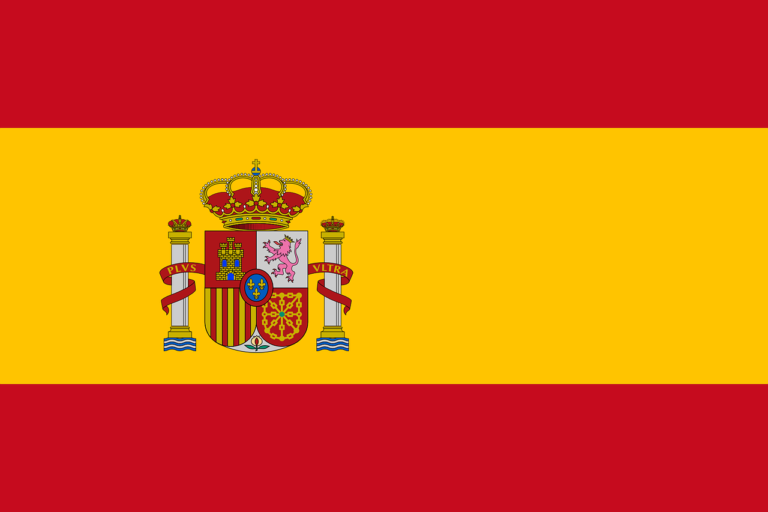Flags hold great significance as visual representations of a nation’s history, values, and aspirations. The national flag of Hungary, with its striking tricolor design of red, white, and green, proudly represents the country’s rich cultural heritage, unity, and the resilience of its people. In this blog post, we will explore the captivating story behind the Hungary national flag, delving into its origins, symbolism, historical significance, and enduring importance in contemporary Hungarian society
Origins and Evolution:
The Hungary national flag, known as the “Flag of Hungary” or “Magyar zászló,” features three horizontal stripes of red, white, and green. The flag’s design traces its roots back to the 18th century, and it was officially adopted as the national flag of Hungary on October 1, 1957, after the country’s transition from communism to democracy. The current design closely resembles the flag used during the Hungarian Revolution of 1848, a pivotal moment in Hungarian history.
Symbolism and Meaning:
The colors and design of the Hungary national flag carry profound symbolism. The red stripe symbolizes strength, bravery, and the sacrifices made by the Hungarian people throughout history. The white stripe represents purity, honesty, and the aspiration for a just society. The green stripe signifies hope, renewal, and the country’s strong connection to its natural landscapes. Together, these colors embody the core values of Hungary, reflecting the nation’s history, unity, and resilience.
Historical Significance:
The Hungary national flag holds great historical significance, representing the nation’s struggles for independence, freedom, and cultural preservation. It became a powerful symbol during the Hungarian Revolution of 1848, when Hungarians rose up against oppressive rule and fought for democratic reforms. The flag served as a unifying emblem, rallying the Hungarian people and symbolizing their desire for self-determination and national identity.
Contemporary Importance and National Pride:
In modern-day Hungary, the national flag holds great importance and is proudly displayed throughout the country. It can be seen adorning public buildings, private homes, and during national celebrations, sporting events, and cultural festivals. The flag serves as a symbol of Hungarian pride, unity, and national identity, fostering a sense of belonging and patriotism among the Hungarian people. It represents the values of freedom, cultural heritage, and the country’s unwavering spirit.
The Hungary national flag plays a pivotal role in shaping the national identity of the country. It serves as a visual representation of Hungarian history, culture, and the shared experiences of its people. The flag embodies the resilience, determination, and pride of Hungarians, reminding them of their rich heritage and the progress they have made as a nation. It unites Hungarians across different regions, generations, and backgrounds, symbolizing their shared aspirations and commitment to a prosperous future.
International Recognition and Influence:
The Hungary national flag is recognized worldwide as a symbol of Hungarian culture, heritage, and the country’s contributions to the global community. It proudly represents Hungary at international events, diplomatic missions, and on ships sailing under the Hungarian flag. The flag’s design has also influenced various fields, including design, fashion, and art, reflecting its enduring appeal and recognition on the international stage.
The Hungary national flag, with its striking tricolor design of red, white, and green, stands as a proud emblem of history, unity, and national pride for the Hungarian people. It represents their struggles, their resilience, and their determination to preserve their cultural heritage. The flag instills a sense of national identity, pride, and unity among Hungarians, transcending differences and symbolizing Hungary’s esteemed place in the world. As Hungary continues to forge its path forward, the national flag will remain a cherished symbol, representing the country’s enduring values and its commitment to freedom, cultural preservation, and a prosperous future.






